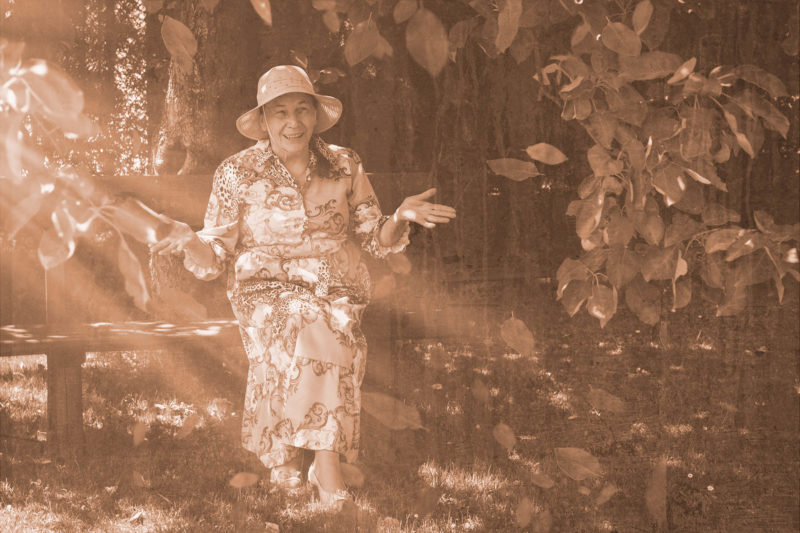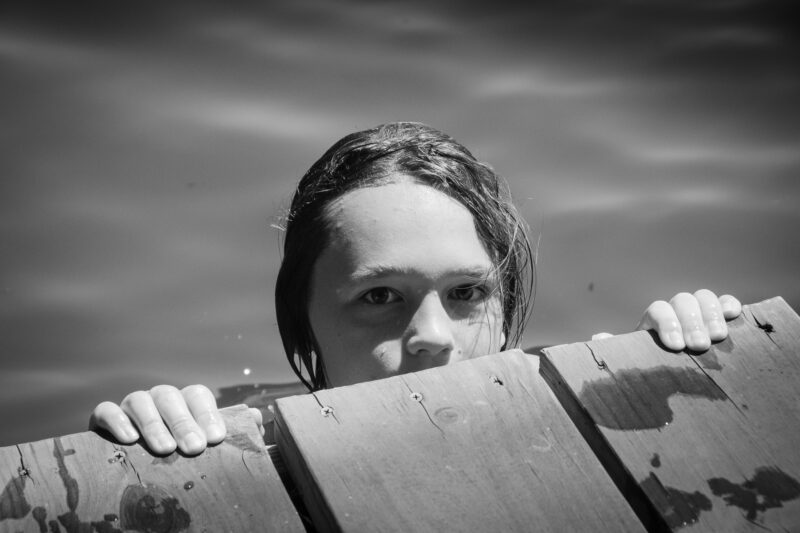
Water Portrait


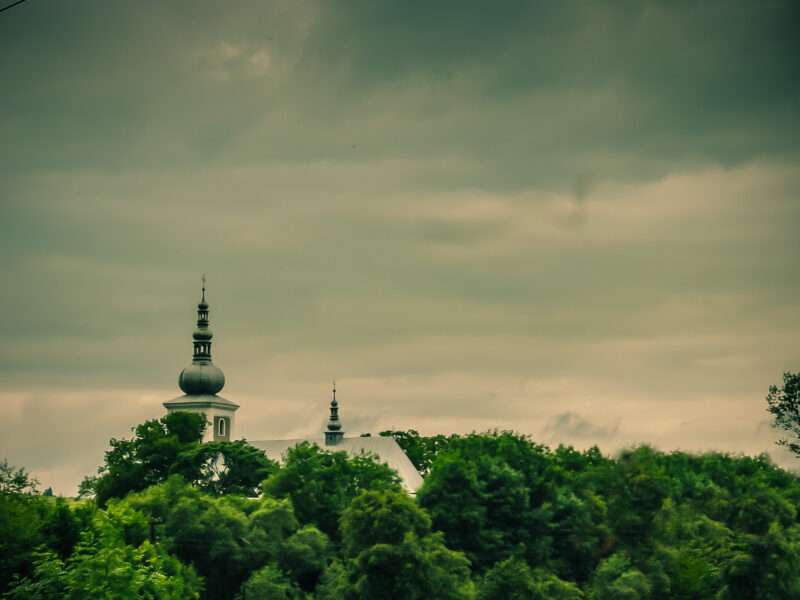
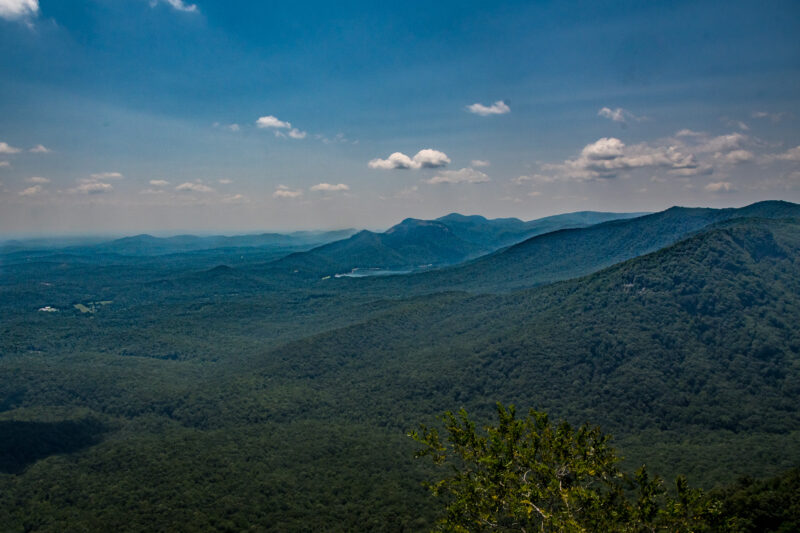
On the way to look at lots Sunday, we stopped briefly at Caesars Head. I didn’t get a decent shot of it because of the haze, but I tried cleaning it up with Lightroom…
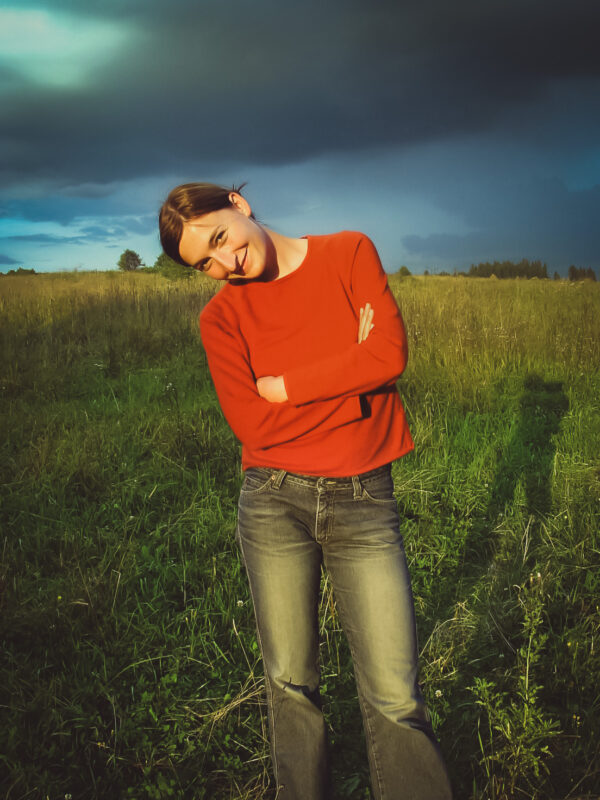
A favorite of mine, taken just weeks after K and I got married. Edited for the third time…

Homes with windows like this used to be ubiquitous in southern Poland.
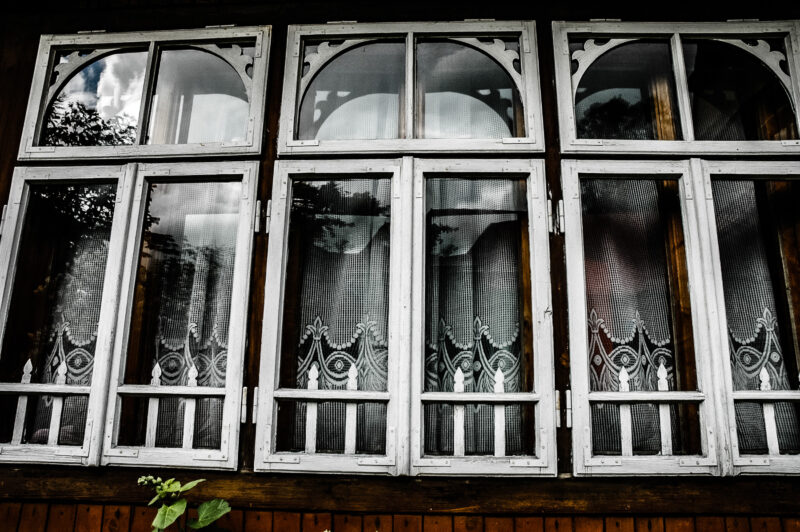
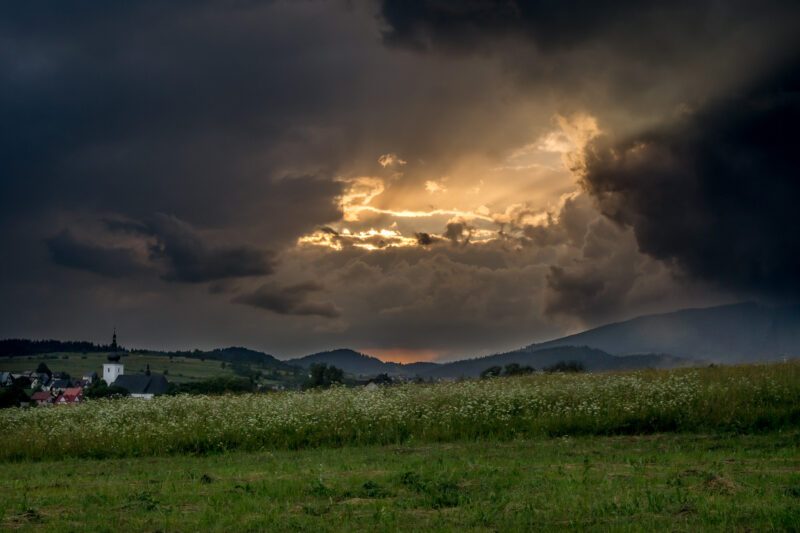

The Boy and I were experimenting with the new phones.
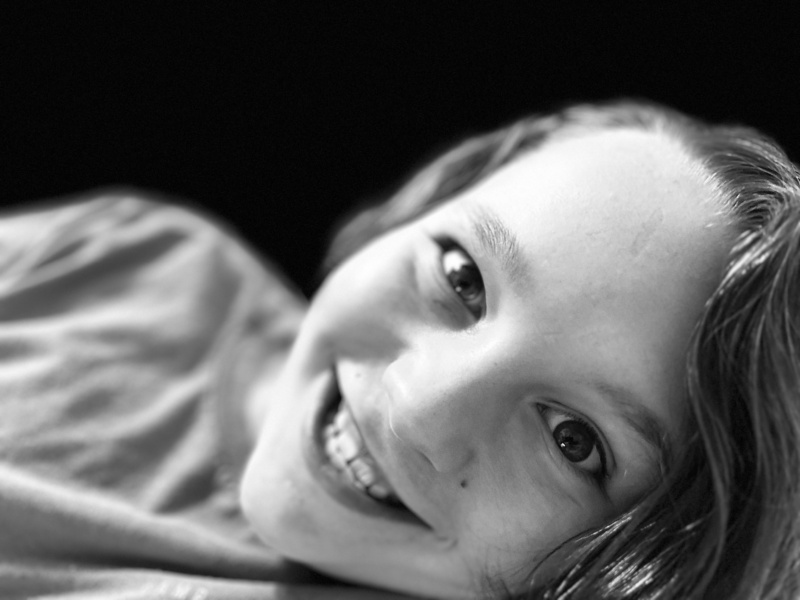
Mine was somewhat less flattering.

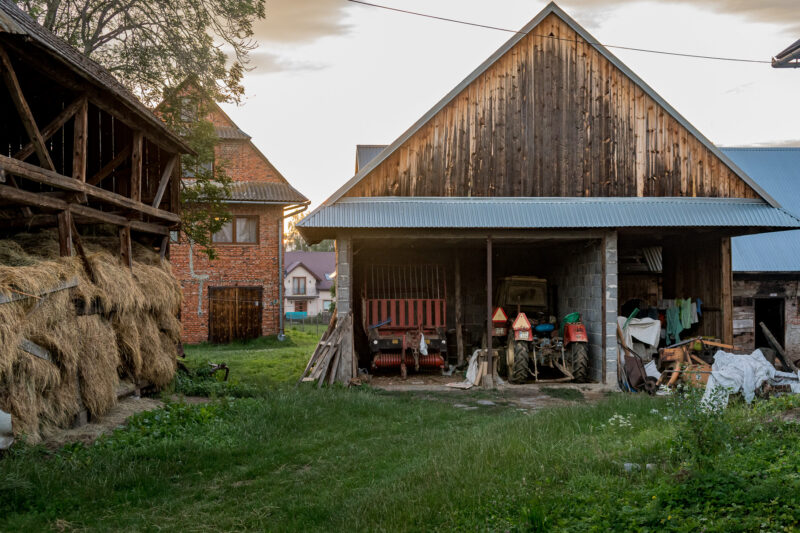
Lightroom’s “Content-Aware Fill” function is improving…
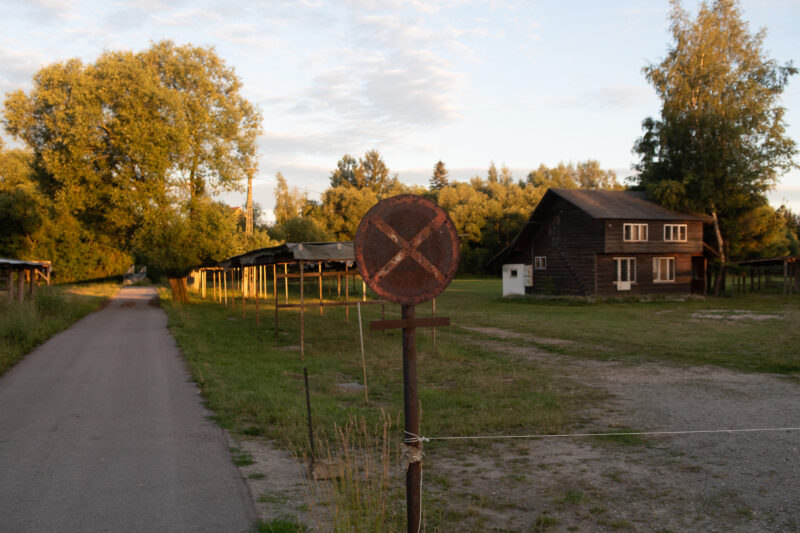
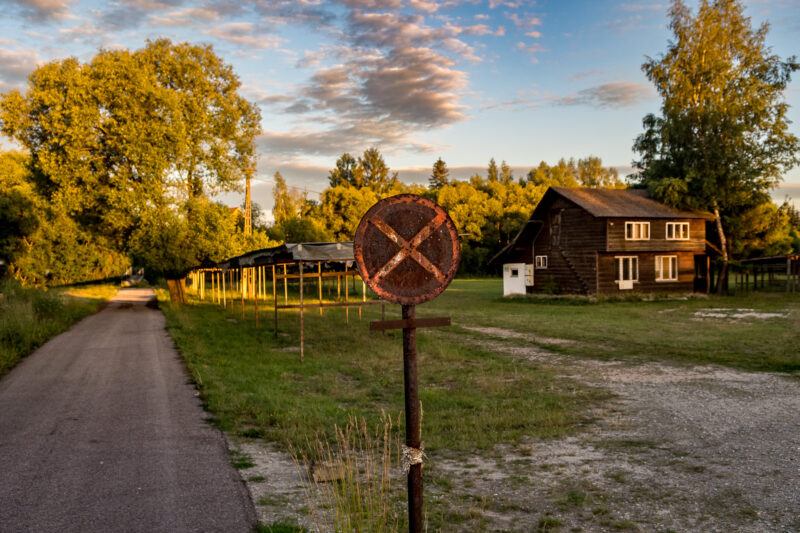
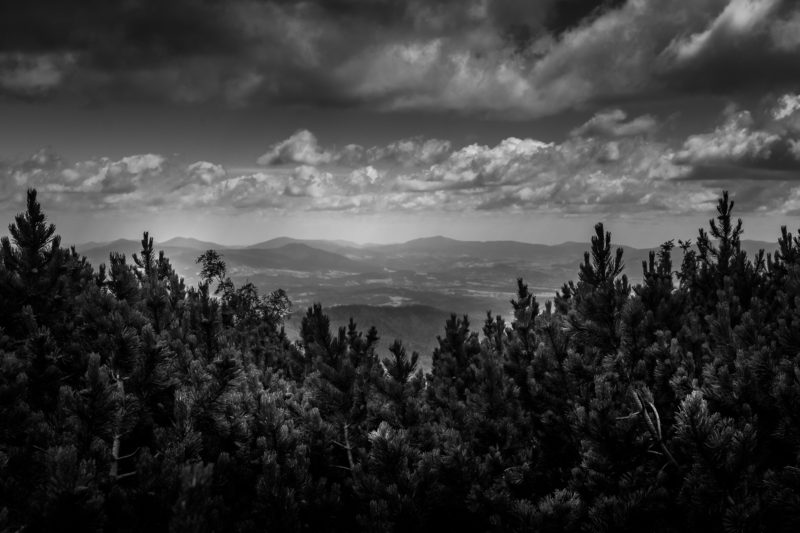
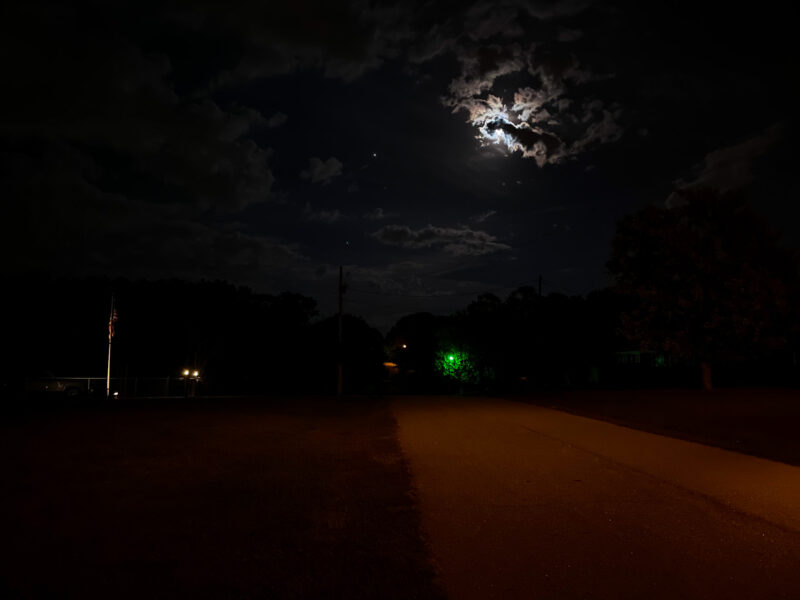

of the Biltmore house must undoubtedly be the main staircase from outside.

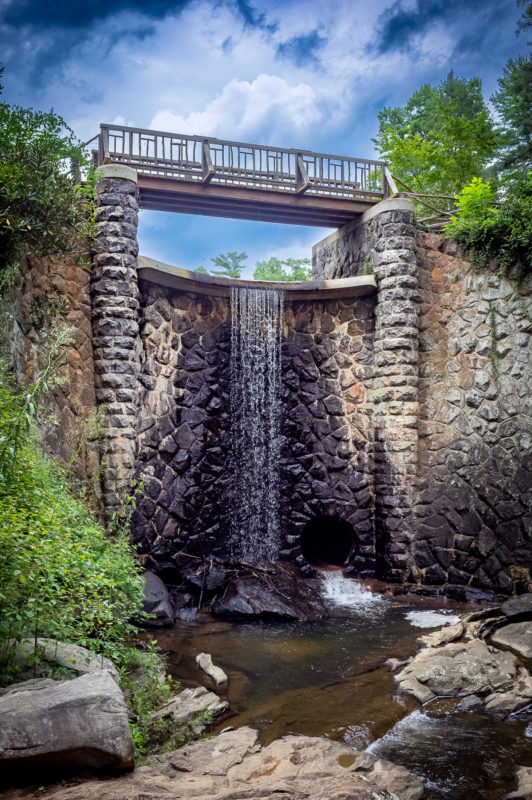
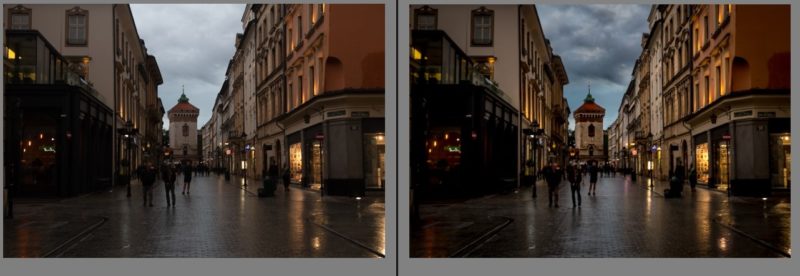
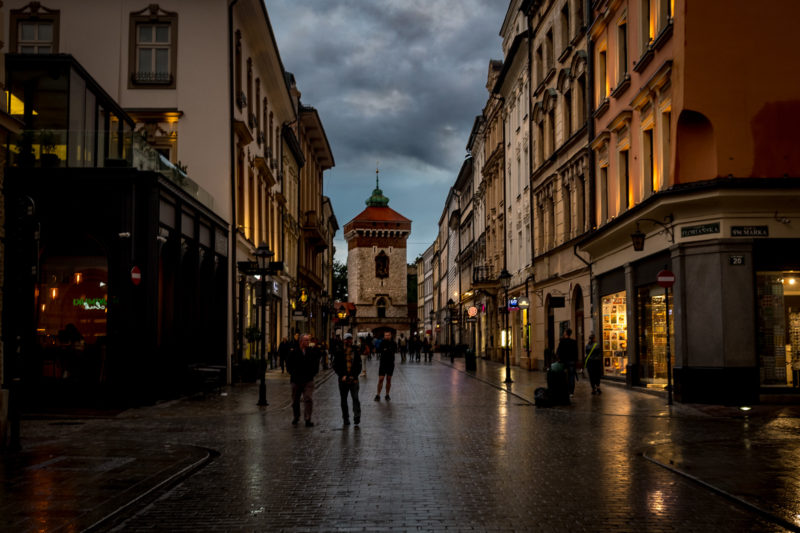
I’ve been re-editing some pictures from Poland here and there, and I decided to throw together a little compositive of our favorite picture of Babcia, adding some falling leaves and sun rays.
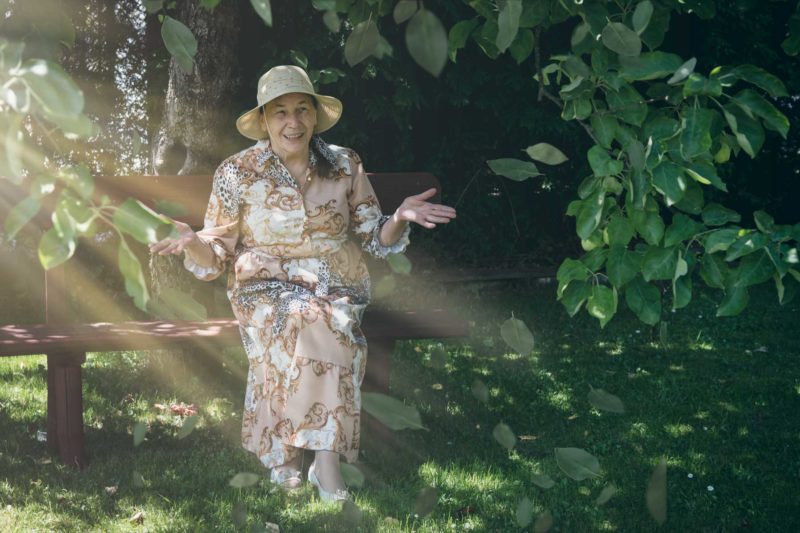
And because Babcia always talks longingly of living 100-200 years ago instead of today with all these crazy computers, I decided to turn it into an old picture as well.
